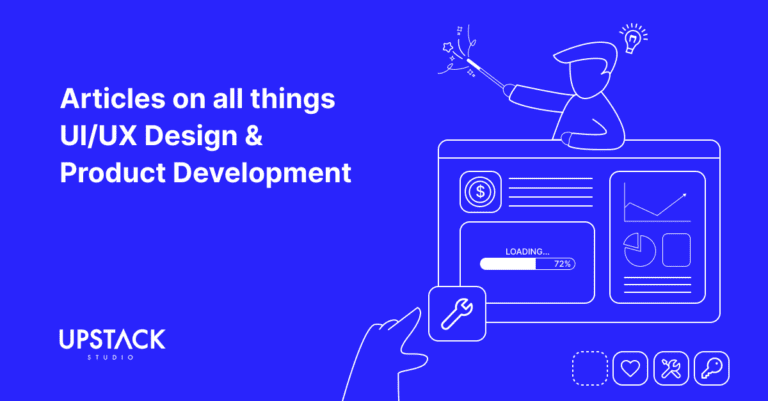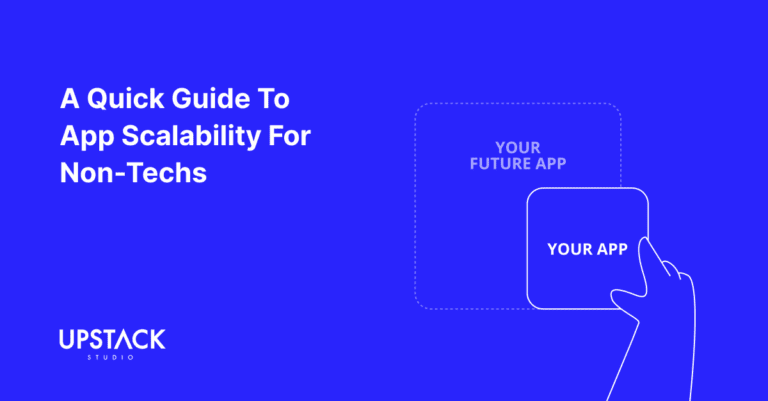Fitness tracking apps are incredibly popular and globally, the market size was estimated to be worth over 8 billion USD in 2023 and is expected to grow to over 18 billion USD by 2028.
Any multi billion dollar market will always have room for newer and more innovative options, so we’re not surprised to see you reading this!
While there are many players in this space, this article will use Fitbit as our reference.

Why FitBit?
Well, in addition to being a market leader, we find that the 2023 financial snapshot of Fitbit interesting:
- Revenue: $1.04 billion
- Device Sales: 6.6 million units
- Active Users: 38.5 million
- Registered Users: 128 million
Additionally, these are their year-over-year changes compared to 2022:
- Revenue: 10% decrease from 2022
- Device Sales: 28% decrease from 2022
- Active Users: 3.75% decrease from 2022
- Registered Users: 8 million increase from 2022
The brand is obviously doing a lot of things right to be so popular, and as such will be a useful example for hopeful founders.
However, its declining figures also show a key message: no technology stays on top forever.
This article covers key features, tech stacks, UI tips, integration of wearable technology, monetization strategies, and best practices for building your own fitness tracking app.
Let’s begin.
Overview of Fitbit
Fitbit LLC was originally founded as Healthy Metrics Research, Inc. on March 26, 2007, in San Francisco by James Park (CEO) and Eric Friedman (CTO),
It later changed its name to Fitbit, Inc. in October 2007.
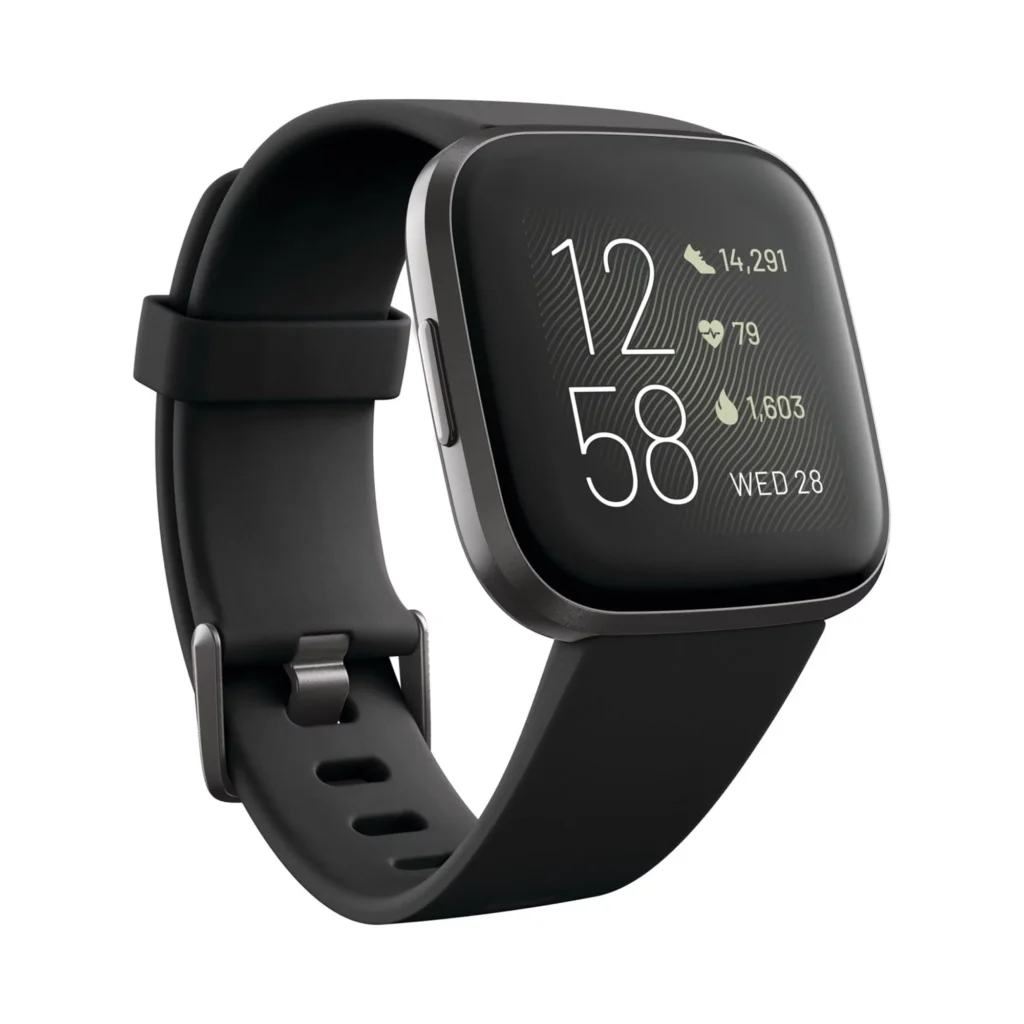
Here are some key company milestones:
2015 (March 5): Acquired Fitstar for $17.8 million.
2015 (June): Went public via an IPO, raising $732 million.
2016 (May): Acquired wearable payment platform from Coin.
2016 (October): Announced transformation into a ‘digital healthcare company’.
2016 (December 6): Acquired assets from Pebble for $23 million.
2017 (January 10): Acquired Romania-based smartwatch startup Vector Watch SRL.
2018 (February 13): Acquired Twine Health.
2018 (March 19): Released Adidas-branded Fitbit Ionic.
2018 (August): Blue Cross Blue Shield Association partnership announced.
2021 (January): Acquired by Google and absorbed into its hardware division.
2022 (August): Rebranded as ‘Fitbit by Google’.
2024 (March 18): Rebranded to ‘Google Fitbit’.
2024 (January): Co-founders James Park and Eric Friedman left.
As you can see, the story of FitBit involves multiple acquisitions of smaller tech companies.
Instead of building everything from scratch, FitBit is a result of purchasing and combining various tech.
This can save a significant amount of time, and sometimes, acquiring other companies and their IP is the only way to build complex tech products.
So what exactly goes into a FitBit?
Key Features of Successful Fitness Tracking Apps
To create a competitive fitness tracking app, consider incorporating the following features:
1. Essential Tracking Capabilities
- Activity Tracking: Steps, distance, calories burned.
- Workout Logging: Types of exercises, duration, intensity.
- Health Monitoring: Heart rate, sleep patterns, hydration levels.
2. Personalization
- Customizable Goals: Allow users to set and adjust their fitness goals.
- Personalized Recommendations: Use data analytics to provide tailored workout and health tips.
3. Integration and Syncing
- Wearable Device Integration: Sync with popular fitness trackers and smartwatches.
- Third-Party App Integration: Connect with other health apps for a holistic view of user health.
4. Social and Community Features
- Challenges and Competitions: Encourage users to participate in fitness challenges.
- Community Support: Foster a community where users can share their progress and motivate each other.
5. User Engagement
- Gamification: Incorporate badges, rewards, and levels to keep users motivated.
- Notifications and Reminders: Send personalized notifications to keep users engaged and on track.
Choosing the Right Tech Stack For Your Fitness App
Selecting the right technology stack is crucial for the success of your fitness tracking app.
What Tech Stack Does FitBit Use?
While only FitBit developers can give a definitive answer, we can make a rough guess of what FitBit uses and what for.

Languages & Frameworks
These are used for developing the various software applications to keep the FitBit ecosystem running, including web development to data analysis, machine learning and more.
- Flutter
- Node.js
- Android SDK
- Spring
- Ember.js
- JavaScript
- Python
- HTML5
- Java
- CSS 3
- Kotlin
- Swift
- C++
- Objective-C
Do You Need the Same Stack?
Not really!
There are multiple technologies that carry out the same function, and you could put together a working fitness tracker app with the following tech stack.
Development
Tools used in software development, including version control, code testing, and deployment. They boost productivity, ensure code quality, and promote collaboration among team members.
- Jenkins
- IntelliJ IDEA
- Xcode
Data Stores
Tools for storing, managing, and processing structured and unstructured data.
- MySQL
- Memcached
Monitoring
Tools for tracking application and infrastructure performance across different environments, such as real-time alerting, log analysis, and root cause diagnosis to quickly resolve issues.
- PagerDuty
- New Relic
- Pingdom
Assets and Media
Tools to help manage and distribute digital media including videos, images, and audio files.
- Cloudflare
- Fastly
Frontend Development
- Frameworks: React Native, Flutter for cross-platform development.
- Languages: JavaScript, Dart.
Backend Development
- Frameworks: Node.js, Django, Ruby on Rails.
- Databases: MongoDB, PostgreSQL for scalable data storage.
Integration Tools
- APIs: HealthKit (iOS), Google Fit (Android) for health data integration.
- Cloud Services: AWS, Google Cloud for data storage and processing.
UI Tips for User Engagement
A well-designed UI is essential for user retention and engagement, especially with fitness tracking which will likely involve multiple screen sizes.
Here’s an example of FitBit’s step counter on a smartwatch-sized screen.
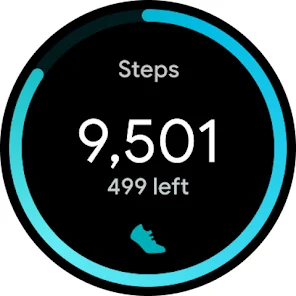
Here’s the same screen, but from a mobile view.
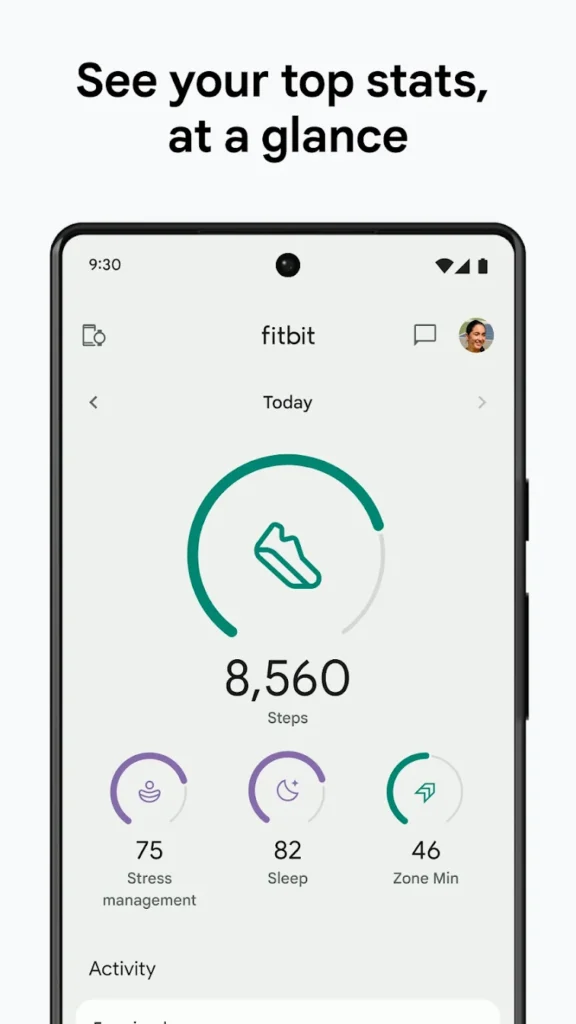
As you can see, both prominently feature the main piece of information, but the mobile view has more information.
This is exactly what you’d want to see in a fitness tracking app, and here are some rules of thumb to follow:
1. Simplified Navigation
- Intuitive Layout: Ensure that users can easily navigate through different sections of the app.
- Clear Icons and Labels: Use recognizable icons and clear labels to guide users.
2. Visual Appeal
- Attractive Design: Use a visually appealing color scheme and design elements.
- Data Visualization: Represent data through charts, graphs, and infographics for better understanding.
3. User-Friendly Features
- Customizable Dashboard: Allow users to personalize their dashboard with preferred metrics.
- Responsive Design: Ensure the app is fully functional on various devices and screen sizes.
Integrating Wearable Technology and Sensors For Your Fitness Tracking App
Integrating with wearable technology enhances the functionality of fitness apps. Here’s how:
Compatibility with Wearables
- Device Support: Ensure compatibility with popular devices like Fitbit, Apple Watch, and Garmin.
- Real-Time Data Sync: Provide real-time data synchronization for accurate tracking.
Sensor Utilization
- Built-In Sensors: Utilize smartphone sensors like accelerometers and GPS for tracking.
- External Sensors: Incorporate external sensors for advanced metrics like body composition and muscle activity.
Implementing Data Analytics for Personalized Insights
Data analytics is pivotal for offering personalized user experiences. Implement the following:
Data Collection
- Comprehensive Tracking: Collect a wide range of health and fitness data.
- User Consent: Ensure transparent data collection policies with user consent.
Data Analysis
- Machine Learning Algorithms: Use ML algorithms to analyze user data and predict trends.
- Personalized Recommendations: Provide actionable insights and recommendations based on user data.
Data Privacy
- Secure Storage: Use encryption and secure storage solutions to protect user data.
- Compliance: Adhere to data protection regulations like GDPR and HIPAA.
Developing Community Features In Your Fitness App
Building a community within your app can significantly boost user engagement:
Social Interaction
- User Profiles: Allow users to create and customize their profiles.
- Social Sharing: Enable users to share their achievements on social media platforms.
Challenges and Leaderboards
- Fitness Challenges: Organize regular fitness challenges and events.
- Leaderboards: Display leaderboards to foster healthy competition among users.
Support and Motivation
- Forums and Groups: Create forums and groups for users to discuss and share tips.
- Expert Advice: Provide access to fitness experts and trainers for guidance.
Monetization Strategies for Fitness Apps
Consider these app monetization strategies to ensure your app’s financial success:
1. Subscription Models
- Freemium Model: Offer basic features for free with premium features available via subscription.
- Tiered Subscriptions: Provide different subscription tiers with varying levels of access.
2. In-App Purchases
- Exclusive Content: Sell exclusive workout plans, nutrition guides, and more.
- Merchandise: Offer branded merchandise and fitness gear.
3. Advertisements
- Sponsored Content: Include sponsored workouts and content from fitness brands.
- Banner Ads: Use non-intrusive banner ads within the app.
Best Practices for App Testing and Launch
Thorough app testing and a strategic launch plan are vital for your app’s success:
Testing
- Beta Testing: Conduct beta testing with a select group of users to gather feedback.
- Usability Testing: Ensure the app is user-friendly and free of bugs.
Launch Strategy
- Pre-Launch Marketing: Build anticipation through social media campaigns and teasers.
- Soft Launch: Consider a soft launch in a smaller market to refine the app before a full-scale launch.
Post-Launch Support
- Regular Updates: Provide regular updates with new features and improvements.
- Customer Support: Offer robust customer support to address user issues promptly.
Conclusion
Building a fitness tracking app needs planning, the right tech, and a user-centric approach.
Remember to focus on the essentials:
- key features
- Integration
- personalized insights, and
- community engagement
Add a legitimate USP on top of that and you could create an app that stands out in the competitive fitness market.
We look forward to hearing about how you dethroned FitBit as market leader in a few years!
Hey there stranger, thanks for reading all the way to the end. Consider joining our mailing list for a one-stop resource on everything from micro SaaS validation all the way to execution and promotion. Get a nifty list of questions to ask app developers when you sign up!
App Developer Interview Questions Template
Download this template now so you know exactly what to ask App Development Agencies! Let us know where should we send it through the form below.

